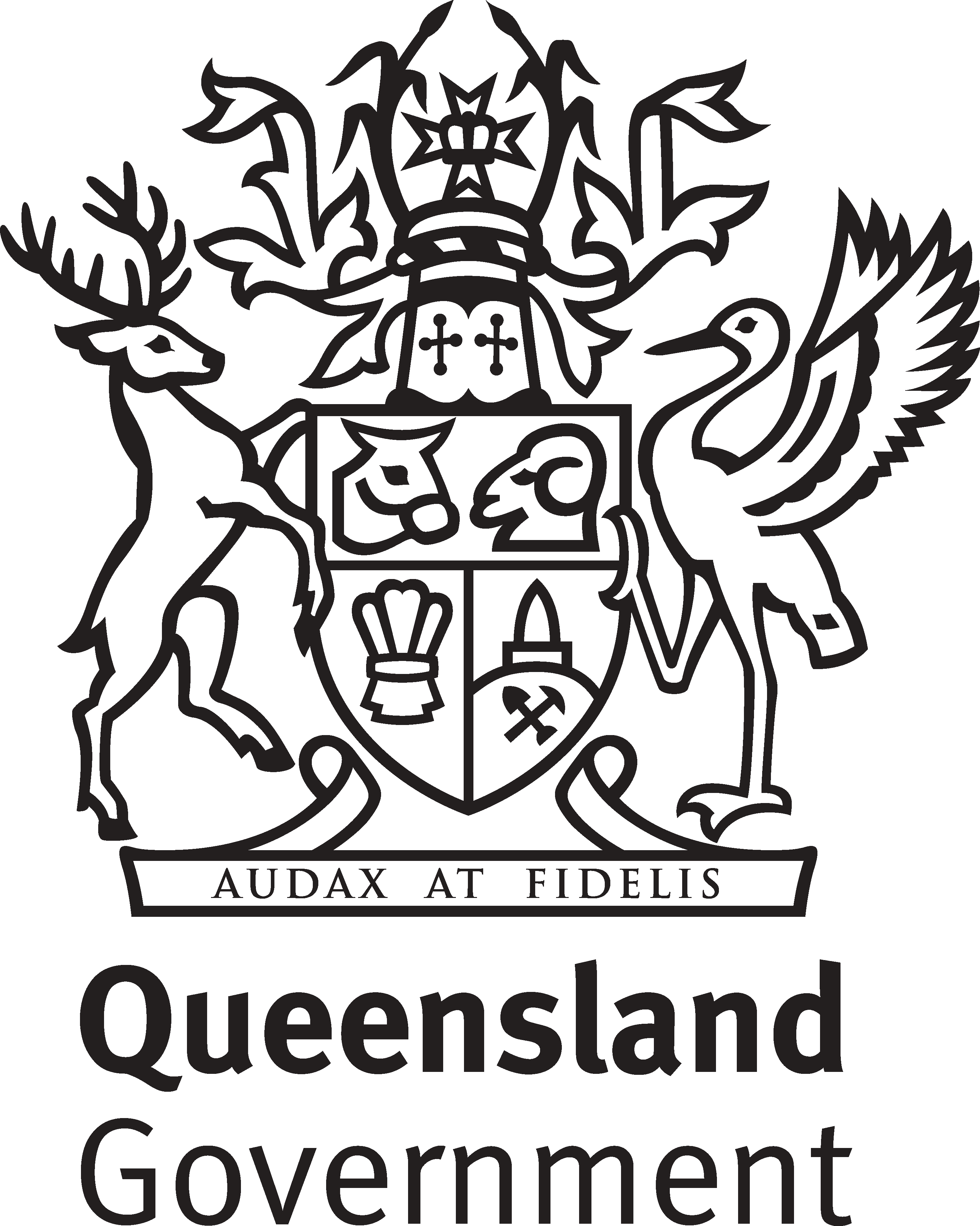As part of Queensland Health’s comprehensive program of health services to the people of Queensland, Australia, the organisation provides free hearing screening for every child born in this state.
The screening equipment used for testing, produces reports in the form of simple text output. When the program initially launched, results were parsed into Excel spreadsheets and manually interpreted by staff members, who utilised Excel for both analysis and archival.
When the volume of testing became unmanageable using spreadsheets, Queensland Health engaged a partner to develop a database. Over time this, too, became inadequate to support the program’s extended care pathway and analytic requirements.
The Healthy Hearing Program received funding for the development of the “QChild” system, which aimed to cover management of child birth data, hearing screening results, audiology consultations and extended care pathways data. QChild was designed to collect all hearing screening data from all newborns, centralise the data collected, eliminate possible record duplication, and provide tools for analysis.
By design, the solution must also automate the workflow that directs children requiring treatment to the appropriate medical and professional resources, as well as track their progress throughout the early childhood years.
Another requirement for the system was to provide data and report all indicators identified in the National Performance Indicators to Support Neonatal Hearing Screening in Australia. The program also required a system for reporting and correlating data for research purposes i.e. association of risk factors to hearing loss.
By examining such data, the Healthy Hearing Program will be able to better identify possible causes of hearing impairment, and in turn, potentially intervene before the impacts of hearing impairment occur. Collecting clinical data and correlating these with findings over time and large volumes of births will help facilitate research in causality.


